56% of the world’s population has potable tap water, while another 32% have access to safe drinking water through shared resources. Your tap water is most likely just fine to drink (especially if you live in Hamilton, Ohio), but don’t have to just accept the water coming into your life.
Find out what’s in your water by reading annual reports from your water distributor, using this $13 testing kit to check for lead, pesticides, bacteria, and more, or mail a sample of water to a commercial laboratory for a more in-depth analysis (try Ward Labs or this state-by-state list of labs put together by the EPA).
Water filters can remove some of the materials present in your tap water. Filters will remove some pesticides and chlorine, but not all trace materials. You could also drink distilled water (which has been boiled to leave behind contaminants) but then you’d be missing out on essential minerals and wasting an unconscionable amount of water bottles.
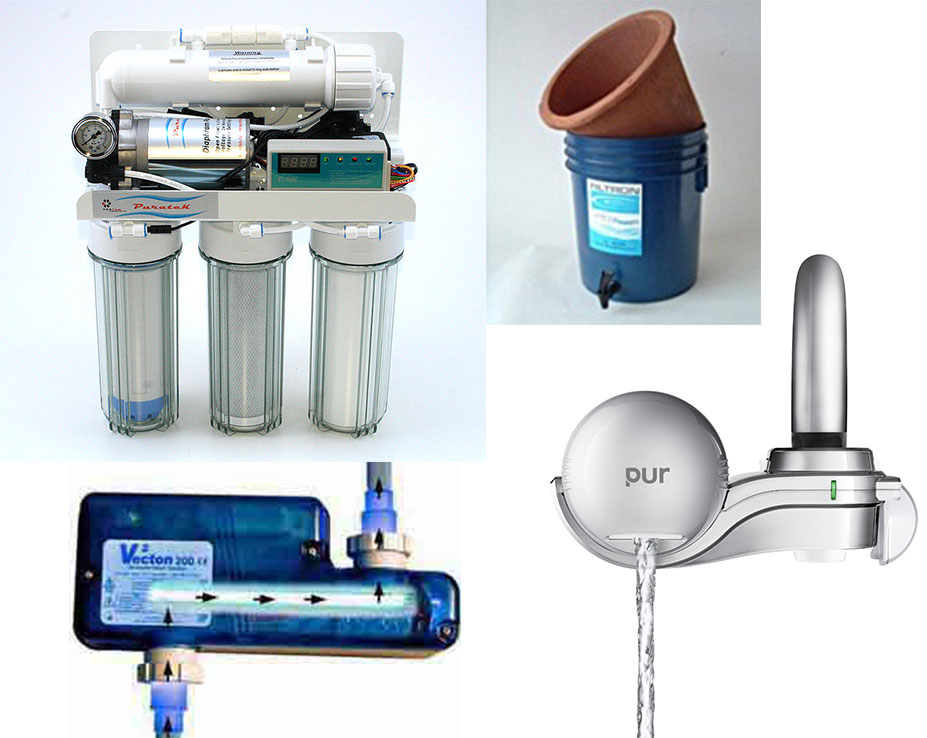
You can also buy salts to add to your water to adjust the pH, hardness, and overall flavor. This is especially useful if you’re brewing beer, baking bread, or want to otherwise hack the essential ingredient of water—this is frequently done by homebrewers to emulate water profiles of geographically specific beers or to attain certain flavors (see details here)—but could water adjustment be used elsewhere?
Imagine a water filter designed to add ingredients to municipal water. An additive water device could emulate geographical, historical, or experimental water profiles.
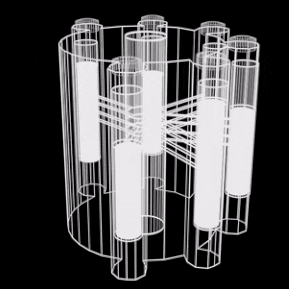
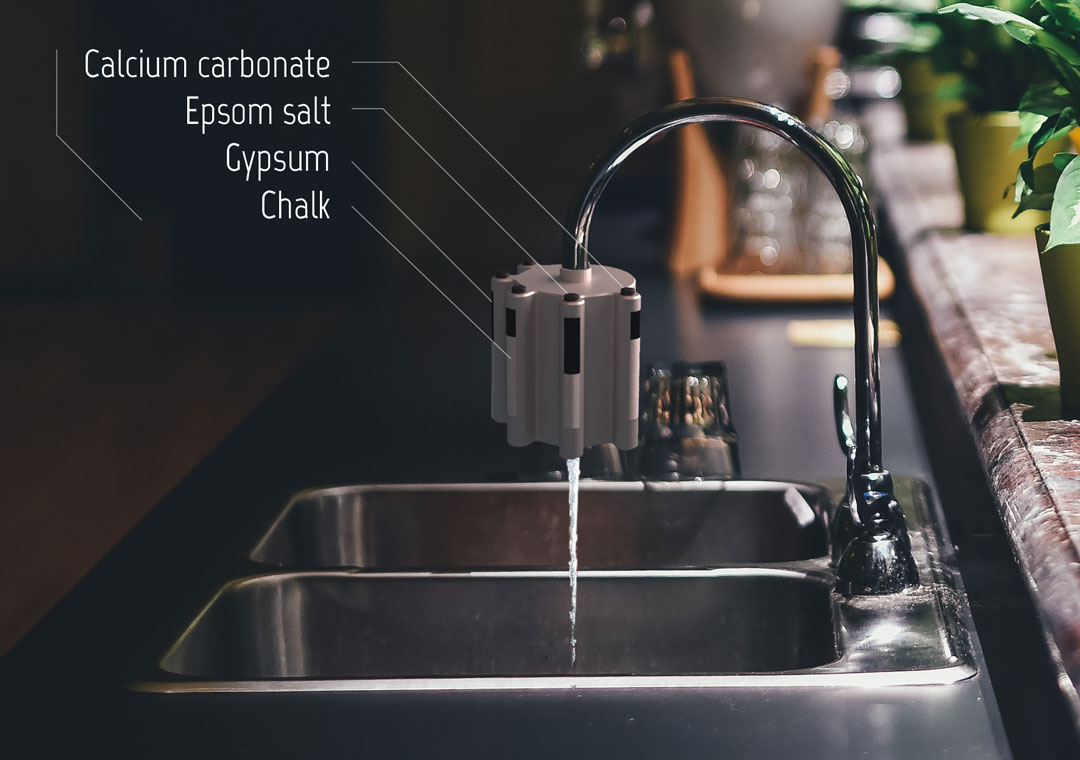
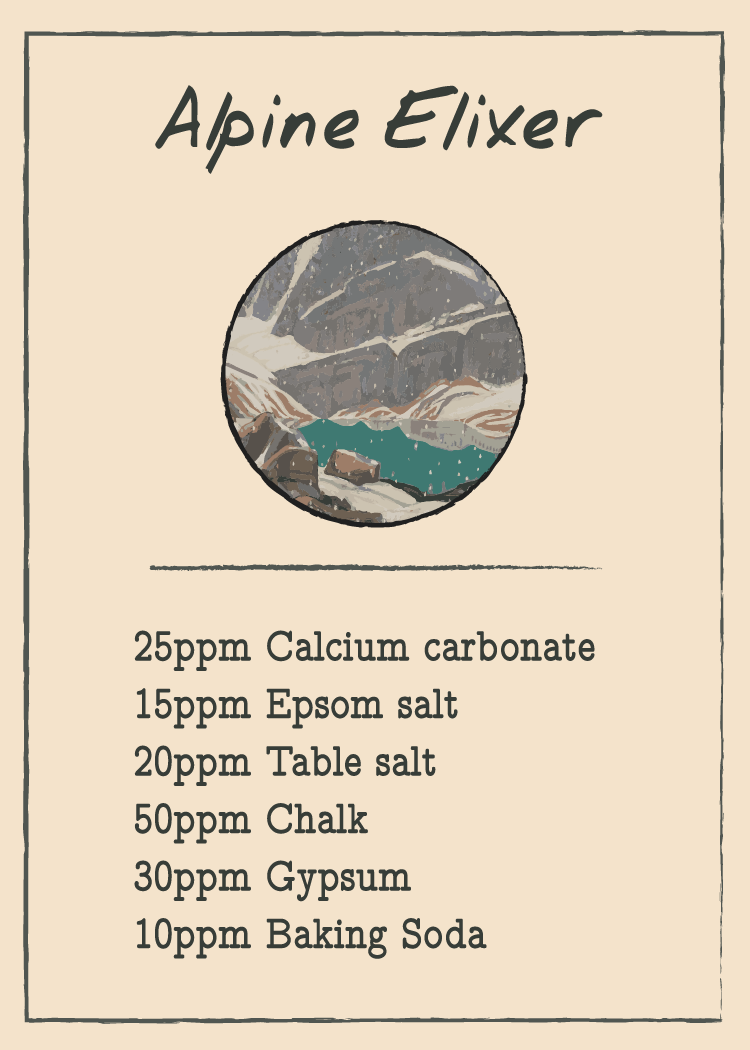
After adjusting for existing water chemistry, users could consult “water recipes” to recreate the chemical flavors of specific geographic regions—or even time periods. Exact ratios of minerals, salts, and non-harmful bacteria could be used to authentically recreate the taste of water from anywhere in the world. Taste the water from long-ago trips or adopt a water profile to match the cuisine of your next meal.
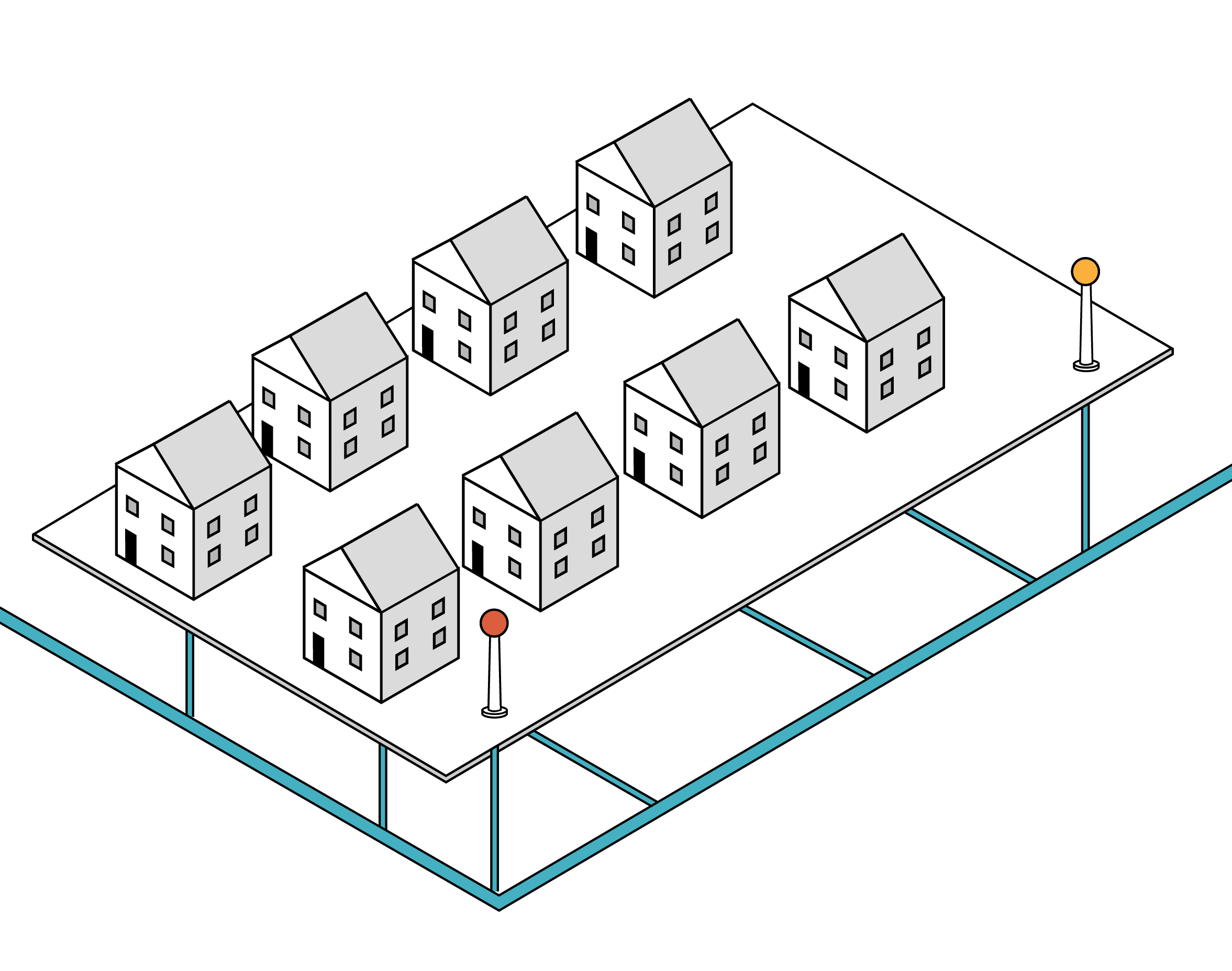
One of the biggest problems about water infrastructure and public health is that it’s a totally invisible system. This municipal alert system draws attention to the quality and location of water supplies with illuminated beacons that could be placed throughout residential areas.
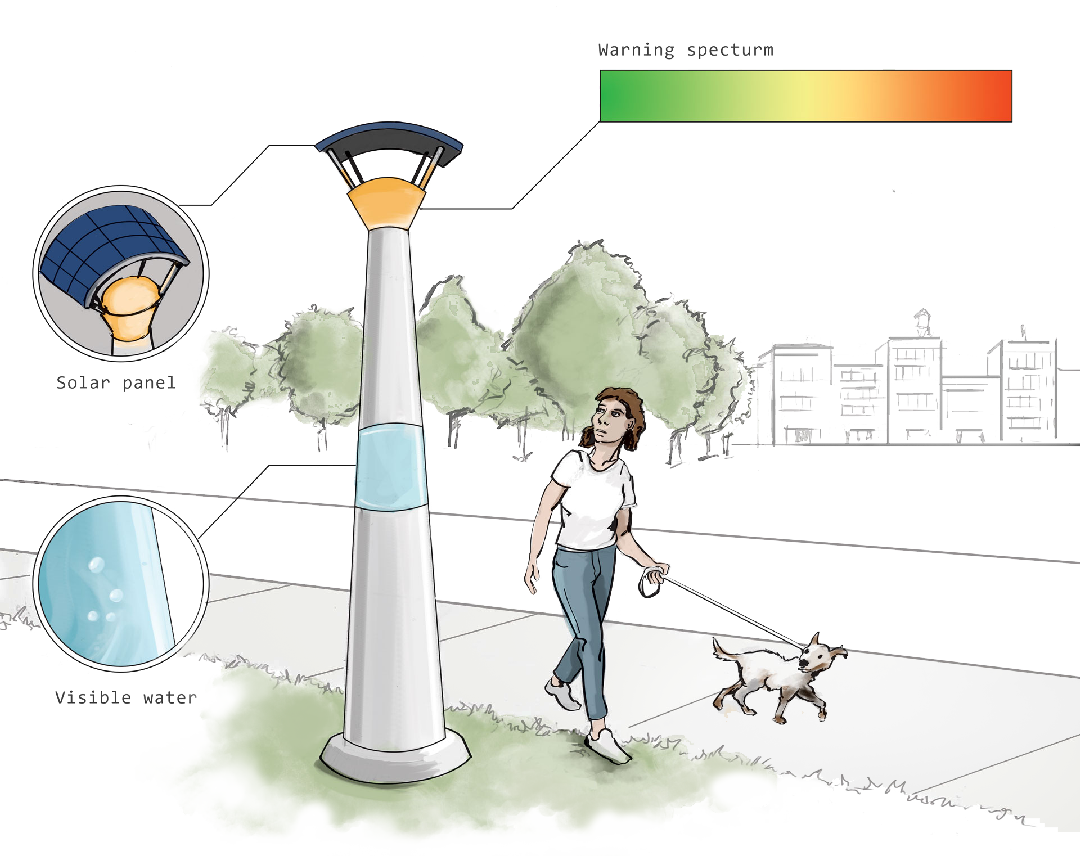
Telephone poles and fire hydrants are familiar parts of the urban landscape. People notice when there’s a downed powerline, but contaminated water might not be noticed for years. The solar-powered beacons outlined here connect to water mains below the ground and measure particulates at regular intervals—resulting in a water quality score that is represented by a color-coded lamp at the top of the device. The lamp shifts from red to yellow, to green in a subtly shifting upgrade to the universal colors of traffic lights.
A transparent window in the middle of the beacon allows pedestrians to see peer into the municipal water supply at eye level, making visible a normally hidden piece of infrastructure. This public monitoring system could increase awareness of local water issues, and encourage stewardship of a common and vital resource.